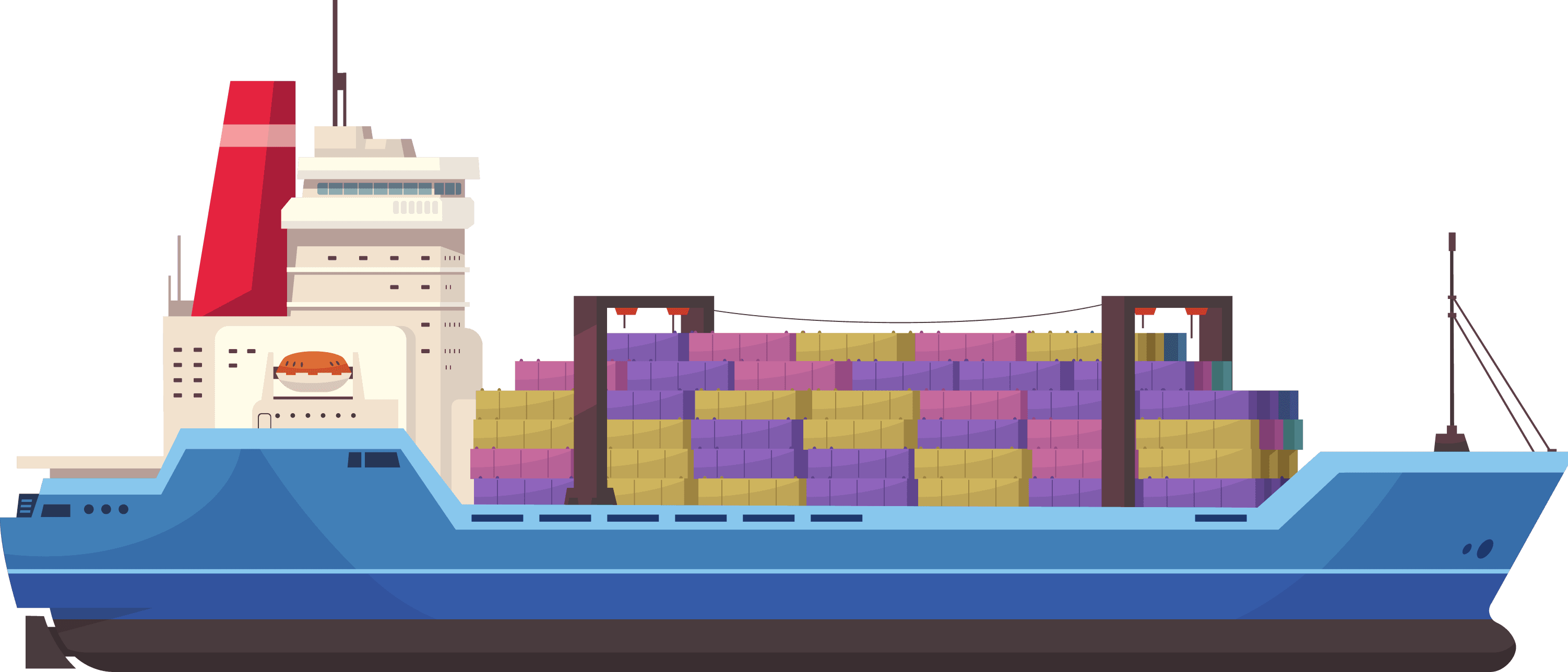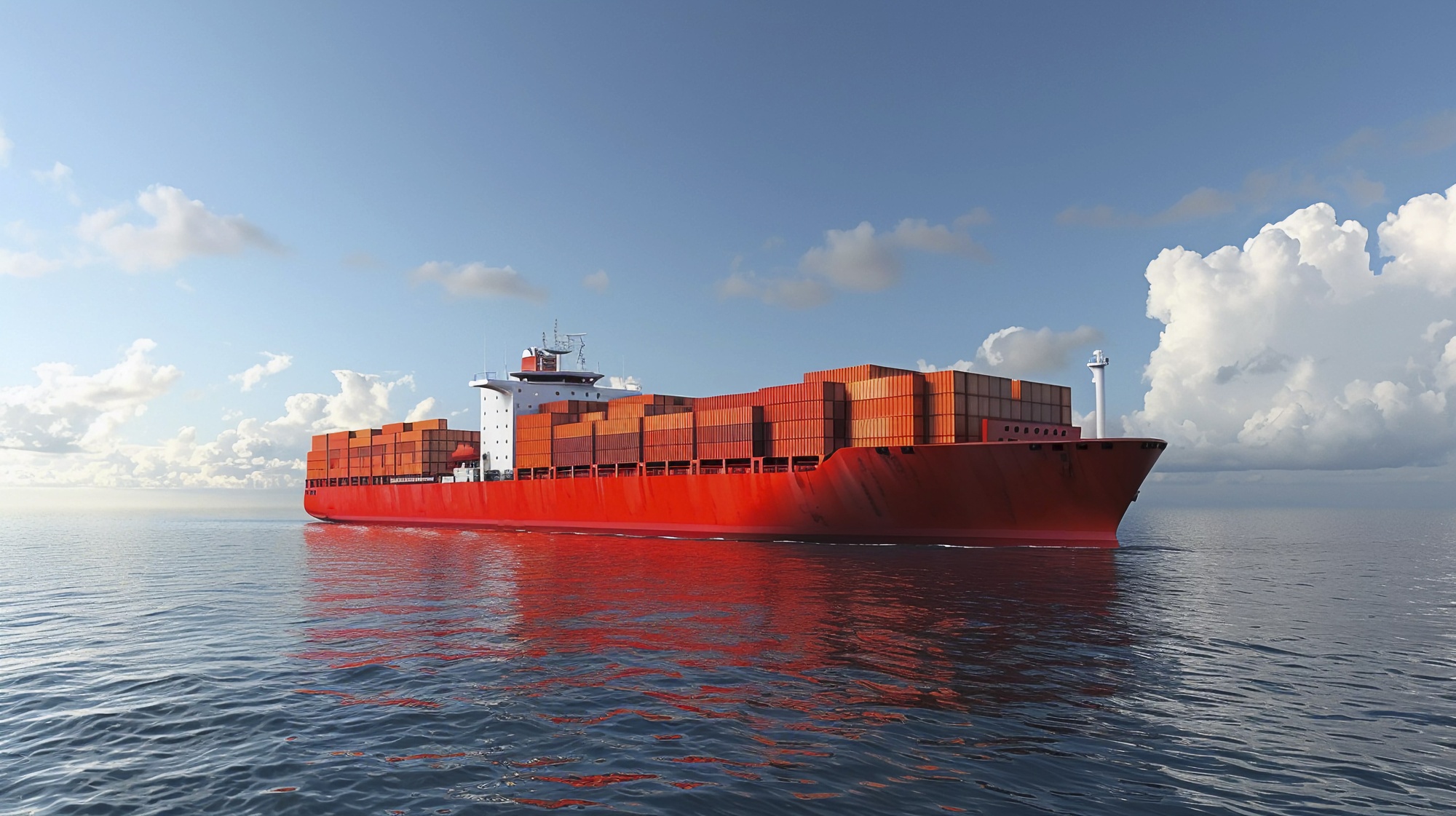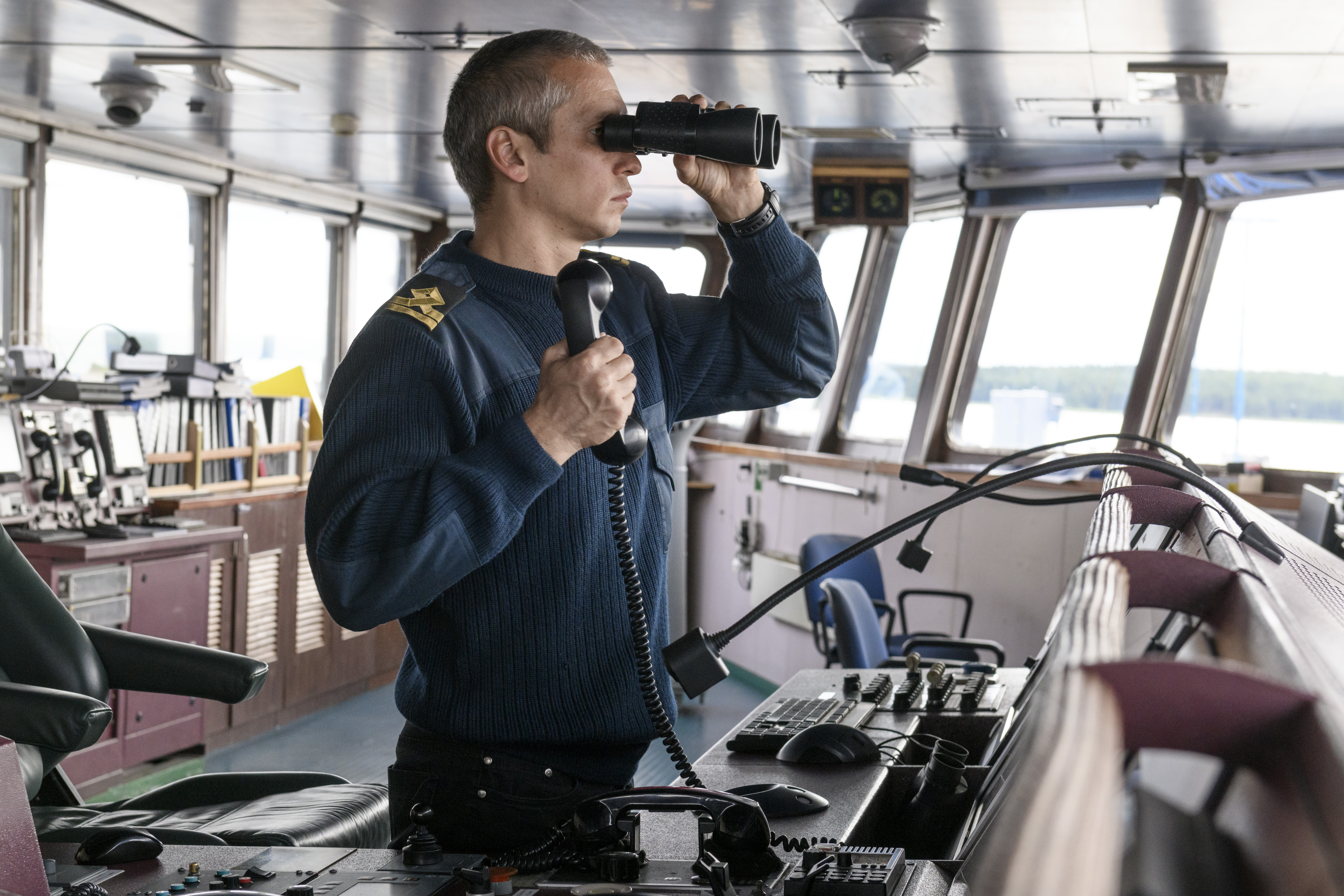BLOCK STAMPS
All blocks must be clearly marked:
SWL.
Where possible, an identification mark that allows the unit to match its test certificate.
Where possible, the mark to ensure that its position is consistent with the approved shipboard rigging plan.
The diameter of the rope for which it is calculated.
TRANSFER OF USE
Before using cranes, recesses and other lifting gear, it is important to make sure that appropriate equipment in due course. It is extremely important to strictly follow crewell recommendations and the operating, maintenance instructions of the manufacturers.
The following is a guide to safe work. It is not intended to replace the manufacturer’s service manual.
current and
Check the condition of the conductive (lifting) wires and lifting overhead wires. Make sure that they do not wear, bend or have a diameter.
DO NOT allow the wires to dry, keep them well lubricated. Always make sure the corrugated wires are properly SWL.
Keep all test certificates handy along with the chain log and lift maintenance book.
Make sure that the wires are laid in the correct direction of the respective drums to distribute any weight of the load according to the design.
The wrong coil is more common on tankers, but all ships must check. Improperly tightened winches adversely affect the braking efficiency of the winch.
Look at the blocks to see that the sheaves are undamaged and easy to turn. Lubricate as needed.
Blocks for taking out guys should be used by casual release.
how to prevent
Check shackles, chains, rings and hooks for deformation by replacing as needed. Make sure the clasp pins are secured with the gripping wire where necessary.
Look at the derrick goose spikes and the turns of the crane heels. Check the heel bearings. Lubricate as needed.
Check all circuit breaker limiters, hydraulic safety valves, thermostat and surge protection.
Make sure all installed angle indicators are working.
Look closely at the winches to make sure that the winches are winches, brakes, gears, locking pins, couplings, guides, controls, and more.
Look at the boom / boom for distortion and / or damage to the indentation. Pay attention to any damage and report it to the Company’s office accordingly. Damage to the boom can adversely affect the SVP and should be taken seriously.
Where appropriate, look at the hydraulic mechanisms and associated piping.
Make sure everything is in good condition. If necessary, make appropriate adjustments to the brake cylinder,
then make sure that the adjustment mechanism is “locked” to prevent adjustment. Make sure that the brake pads do not contain oil.
leaving
Hydraulic leaks on deck with possible oil contamination must be prevented.
Before arrival – make sure that the transfer meets local requirements (USA, USA, Austria, NZ, UK, etc.).
Many crane accidents occur during the operation of stevedores, which may need advice and guidance on proper operating procedures.




